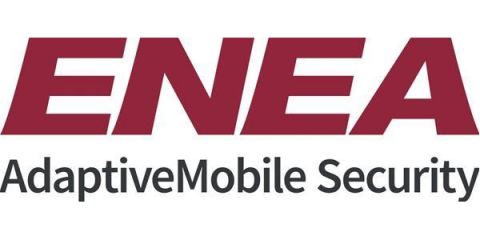Security | Threat Detection | Cyberattacks | DevSecOps | Compliance
Networks
Proactive security using Open NDR with Zeek
Accelerate SecOps with a Single Source of Network Truth
How Network Segmentation Can Protect Supply Chains from Ransomware Attacks
Organizations can take various steps to protect their operational technology (OT) environments against digital threats. But some stand out more than others. In particular, network segmentation is described as “the first answer to insufficient ICS (Industrial Control System) cybersecurity.” Experts advocate zoning ICS assets to coordinate informational technology (IT) and OT environments effectively. That doesn’t always happen, however.
What is edge networking? An overview on the network edge
As organizations look for ways to improve network performance for user-facing application data, it is becoming increasingly evident that routing requests all the way to internal data centers is the least optimized model. Doing so increases latency, reduces available bandwidth, increases bandwidth requirements at the data center, and increases overall costs.
Forward Fix | Automated Non-compliance Detection Alerts
Compromising a Network Using an "Info" Level Finding
Anyone who has ever read a vulnerability scan report will know that scanners often include a large number of findings they classify as "Info". Typically this is meant to convey general information about the target systems which does not pose any risk. Many people who read such reports will generally ignore all of the "Info" findings, and focus only on anything labeled "Critical" or "High". However, this can be dangerous for a number of reasons.
What is Wireshark? The Free Network Sniffing Tool
Wireshark is a free open source tool that analyzes network traffic in real-time for Windows, Mac, Unix, and Linux systems. It captures data packets passing through a network interface (such as Ethernet, LAN, or SDRs) and translates that data into valuable information for IT professionals and cybersecurity teams. Wireshark is a type of packet sniffer (also known as a network protocol analyzer, protocol analyzer, and network analyzer).
What is UPnP? Yes, it's still dangerous in 2021
UPnP (Universal Plug and Play) is a service that allows devices on the same local network to discover each other and automatically connect through standard networking protocols (such as TCP/IP HTTP, and DHCP). Some examples of UPnP devices are printers, gaming consoles, WiFi devices, IP cameras, routers, mobile devices, and Smart TVs. UPnP can also modify router settings to open ports into a firewall to facilitate the connection of devices outside of a network.











